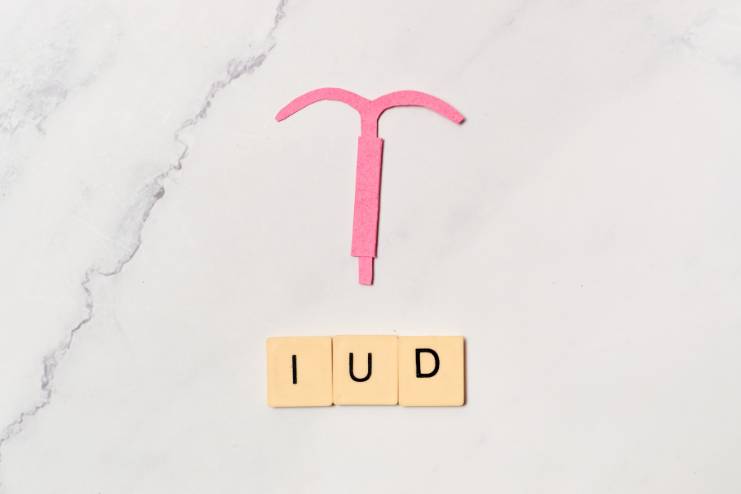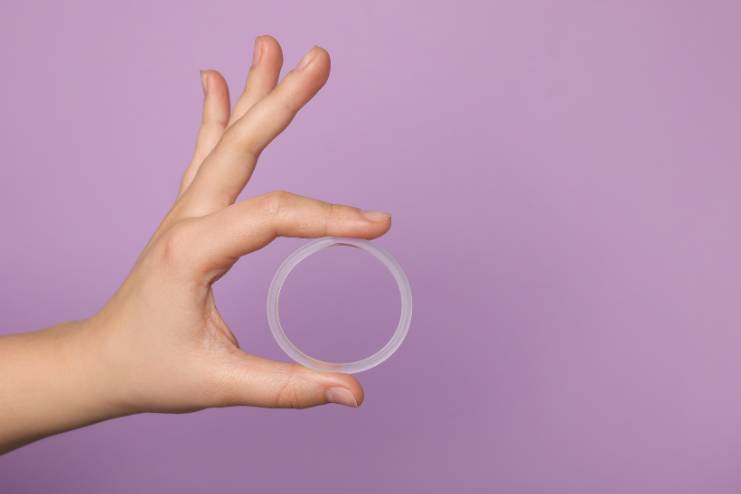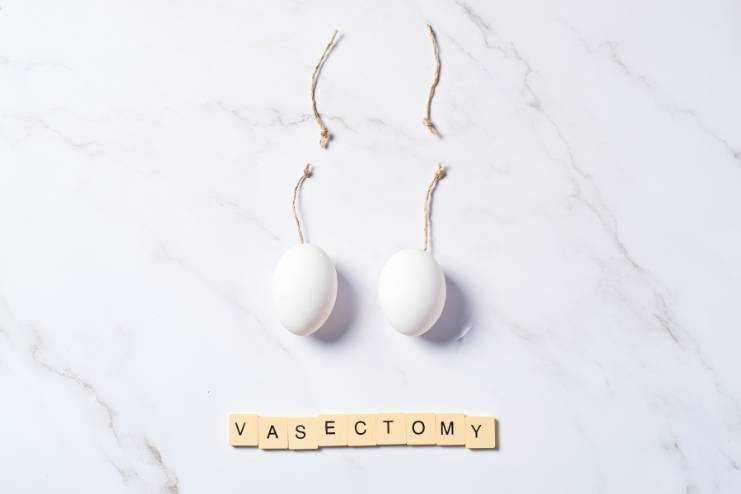Affiliate Disclaimer
Some links in this article are affiliate links. We may earn a small commission if you make a purchase through these links, at no extra cost to you. We only recommend products we find useful to our readersWhen you don’t want to have kids, birth control, commonly known as contraception, can help you avoid getting pregnant. There are numerous methods of birth control available. This choice affects lifestyle, future planning, and physical well-being. Cost, ease of use, potential adverse effects, effectiveness in preventing conception, and personal choice are all considerations.
This article compares popular birth control options and offers a thorough analysis to assist readers in making an informed choice based on their personal situation.

Hormonal Birth Control Methods
Hormonal birth control methods, known for their convenience and ease of use, are a popular choice. Hormonal IUDs and birth control tablets are two such methods. These techniques work by blocking ovulation and altering the uterine environment to make it difficult to conceive.
Birth Control Pills

Birth control tablets are highly effective when taken regularly at the same time every day. The majority of birth control tablets, commonly known as “the pill,” are made up of two different female hormones. Pills for birth control work well when taken as prescribed. Continue taking one pill daily and use a backup birth control method (such as the condom) for seven days if you miss two or more doses.
You should also think about using the morning-after (emergency contraception) pill if you miss two or more doses. Potential negative effects include nausea, weight gain, or mood swings. Despite the disadvatages, many people consider birth control pills to be a dependable and manageable method of hormonal birth control.
Hormonal IUD

A medical professional will insert a hormonal IUD, a tiny, T-shaped device, into the uterus through the cervix and vagina. By slowly releasing hormones, these devices provide long-term birth control for three to seven years. A hormonal IUDs key advantages are its excellent efficacy and minimal maintenance after insertion.
Some people feel uncomfortable when it’s implanted and experience hormonal side effects like mood swings or irregular bleeding. Despite these drawbacks, many people choose hormonal IUD as their long-term birth control method because it is convenient and eliminates the need to take daily medication.
Also, read: 15 Facts About Birth Control No One Tells You About
Barrier Methods
Non-hormonal birth control methods that physically prevent sperm from accessing the egg are known as barrier methods. Diaphragms and condoms are two popular barrier techniques, each with specific benefits and drawbacks.
Condoms

Due to their ability to prevent pregnancy and provide protection against sexually transmitted infections, condoms are a widely used barrier technique. Condoms come in two varieties: internal, which inserts within the vagina, and external, which covers the penis. External condom: During sexual activity, a thin, flexible sheath or cover called an “external condom” is placed over the erect penis to keep semen from entering the partner’s body. The female internal condom is worn inside to stop semen from entering the vagina. They are a practical option for most because of their availability and ease of use. However, they run the risk of breaking or slipping, which reduces their efficacy.
Diaphragm

A diaphragm is a reusable, non-hormonal barrier worn inside the vagina. It covers the cervix and prevents sperm from entering the uterus. The optimum protection, which ranges from 71 to 88 percent with regular use, requires using it in conjunction with spermicide.
You will need a medical prescription to get one from a drugstore or health center. It can be less successful than other techniques and requires insertion prior to sexual contact. Additionally, using spermicide could be inconvenient for some people.
Read More: Common birth control side effects
Long-Acting Reversible Contraception
Long-acting reversible contraceptive (LARC) techniques offer effective choices that provide prolonged protection against pregnancy with minimal maintenance. The copper IUD and birth control implants are two common LARC techniques.
Copper IUD

The copper IUD offers protection for up to ten years. It has a 98–99 percent effectiveness rate.
Women who want to wait at least two years before having their next child will find these most helpful. The copper ions make the endometrium inhospitable to the zygote and kill sperm inside the uterus. As a result, it hinders implantation and stops fertilization. However, this device may cause some users to experience heavier periods and initial discomfort during insertion. The copper IUD is still a well-liked option for people looking for dependable, hormone-free birth control.
Implants

These can release these hormones for up to three years, preventing conception. The main advantages of implants are their excellent efficacy and long-lasting protection.
However, there is a minor procedure involved in the insertion and removal of implants, which some people may find uncomfortable. Users might also encounter some adverse effects, including irregular menstrual bleeding patterns. Some people may prefer birth control implants because they offer a long-lasting, low-maintenance method of contraception despite the drawbacks.
Read More: How To Stop Periods With Birth Control? Know The Safety Rules

Permanent Methods
There are long term answers for people who are not interested in becoming pregnant in the future. Vasectomy and tubal ligation are two permanent techniques.
Tubal Ligation

One of the most popular procedures for women seeking long-term birth control is tubal ligation. You won’t need to use any birth control pill or gadget to avoid getting pregnant after having this procedure. To stop eggs from entering the uterus, the fallopian tubes are sealed, cut, or blocked. The main benefits of tubal ligation are that it is very successful and permanent. It is an excellent option for people who are confident they do not want to get pregnant in the future.
It’s important to note that tubal ligation is a permanent procedure requiring surgery. While it can potentially be reversed through another operation, only 50% to 80% of women can conceive after their fallopian tubes are reconnected. Despite these limitations, tubal ligation remains a widely used method of permanent birth control.
Vasectomy

Vasectomy is a permanent birth control option for men.This procedure stops sperm from migrating from the testicles to the penis. Tubes that allow sperm to exit the testicles are severed. Another name for this procedure is “the snip,” or sterilization. The success rate for vasectomy in preventing pregnancy is about 99%.
Similar to tubal ligation, it is a single treatment that offers permanent birth control. A vasectomy is a simple surgery with a quick recovery. While a vasectomy can be reversed, it doesn’t always lead to a successful pregnancy. The longer the time since the vasectomy, the less likely the reversal will work. A vasectomy is the preferred choice for anyone looking for a dependable, long-term birth control treatment despite these drawbacks.
Natural Methods
Natural birth control techniques are non-invasive and depend on the knowledge and observation of the body’s cyclical patterns. The abstinence technique and fertility awareness are two popular natural approaches.
Fertility Awareness

Understanding and identifying the point in the menstrual cycle at which a woman is most likely to become pregnant is known as fertility awareness. You must refrain from having sex or use a barrier form of birth control, such as a condom, throughout the fertile period if you are using fertility awareness as a method of birth control to prevent pregnancy. It is less effective than other birth control techniques, though, and needs careful and accurate tracking to be effective. Fertility awareness is still a popular option for people looking for natural birth control.
Withdrawal Method
To stop the sperm from entering the uterus, the male partner uses the withdrawal method, in which they remove their penis from the vagina before ejaculating. “Pulling out” prevents sperm from entering the vagina. It takes self-discipline to use this technique of birth control. However, if withdrawal is not timed correctly or if there is sperm in the pre-ejaculation fluid, it may enter the vagina. Some people prefer the withdrawal technique because of its ease of use and lack of physical or financial obstacles, despite this drawback.
The Factors to Consider When Choosing a Birth Control Method
Choosing birth control is a personal choice. Effectiveness is an essential factor to consider as well, as there are procedures that are more dependable than others when preventing pregnancy. Busy individuals might find less demanding methods easier and more practical for their lifestyle.
Ease of use and cost are other factors to consider. Some birth control methods can be expensive or may not be covered by insurance.
It’s important to speak with your doctor when it comes to making an informed birth control decision. They will provide insights into how various approaches connect with your lifestyle as well as health concerns.
Conclusion
Selecting birth control is an important choice that affects general well-being and reproductive health. You must make an informed decision to ensure the approach you choose fits your needs and lifestyle. It’s important to consider cost, side effects, effectiveness, and convenience of use.
References
- https://health.gov/myhealthfinder/healthy-living/sexual-health/choose-right-birth-control
- https://www.mayoclinic.org/healthy-lifestyle/birth-control/in-depth/birth-control-options/art-20045571
- https://www.webmd.com/sex/birth-control/birth-control-considerations
- https://www.uptodate.com/contents/birth-control-which-method-is-right-for-me-beyond-the-basics
- https://www.mayoclinic.org/healthy-lifestyle/birth-control/in-depth/best-birth-control-pill/art-20044807
- https://www.merckmanuals.com/home/women-s-health-issues/family-planning/hormonal-methods-of-contraception#Oral-Contraceptives_v8951257
- https://www.uptodate.com/contents/hormonal-methods-of-birth-control-beyond-the-basics/print
- https://my.clevelandclinic.org/health/articles/11427-birth-control-options
- https://www.uptodate.com/contents/birth-control-which-method-is-right-for-me-beyond-the-basics
- https://www.acog.org/womens-health/faqs/barrier-methods-of-birth-control-spermicide-condom-sponge-diaphragm-and-cervical-cap
- https://www.cdc.gov/reproductivehealth/contraception/mmwr/mec/appendixe.html
- https://www.healthline.com/health/birth-control/barrier-methods-of-birth-control
- https://www.uptodate.com/contents/barrier-and-pericoital-methods-of-birth-control-beyond-the-basics
- https://healthy.kaiserpermanente.org/health-wellness/health-encyclopedia/he.barrier-methods-of-birth-control-care-instructions.uf9648
- https://www.news-medical.net/health/Long-Acting-Reversible-Contraception-(LARC)-Types.aspx
- https://my.clevelandclinic.org/health/treatments/23269-larc
- https://www.mayoclinic.org/tests-procedures/tubal-ligation/about/pac-20388360
- https://www.mayoclinic.org/healthy-lifestyle/birth-control/in-depth/birth-control-options/art-20045571
- https://www.uptodate.com/contents/permanent-birth-control-for-females-beyond-the-basics
- https://www.msiunitedstates.org/what-is-permanent-contraception/
- https://www.drugs.com/article/permanent-birth-control.html
- https://www.betterhealth.vic.gov.au/health/healthyliving/contraception-vasectomy
- https://www.mayoclinic.org/tests-procedures/rhythm-method/about/pac-20390918
- https://www.acog.org/womens-health/faqs/fertility-awareness-based-methods-of-family-planning
- https://www.mayoclinic.org/tests-procedures/withdrawal-method/about/pac-20395283
In this Article
















